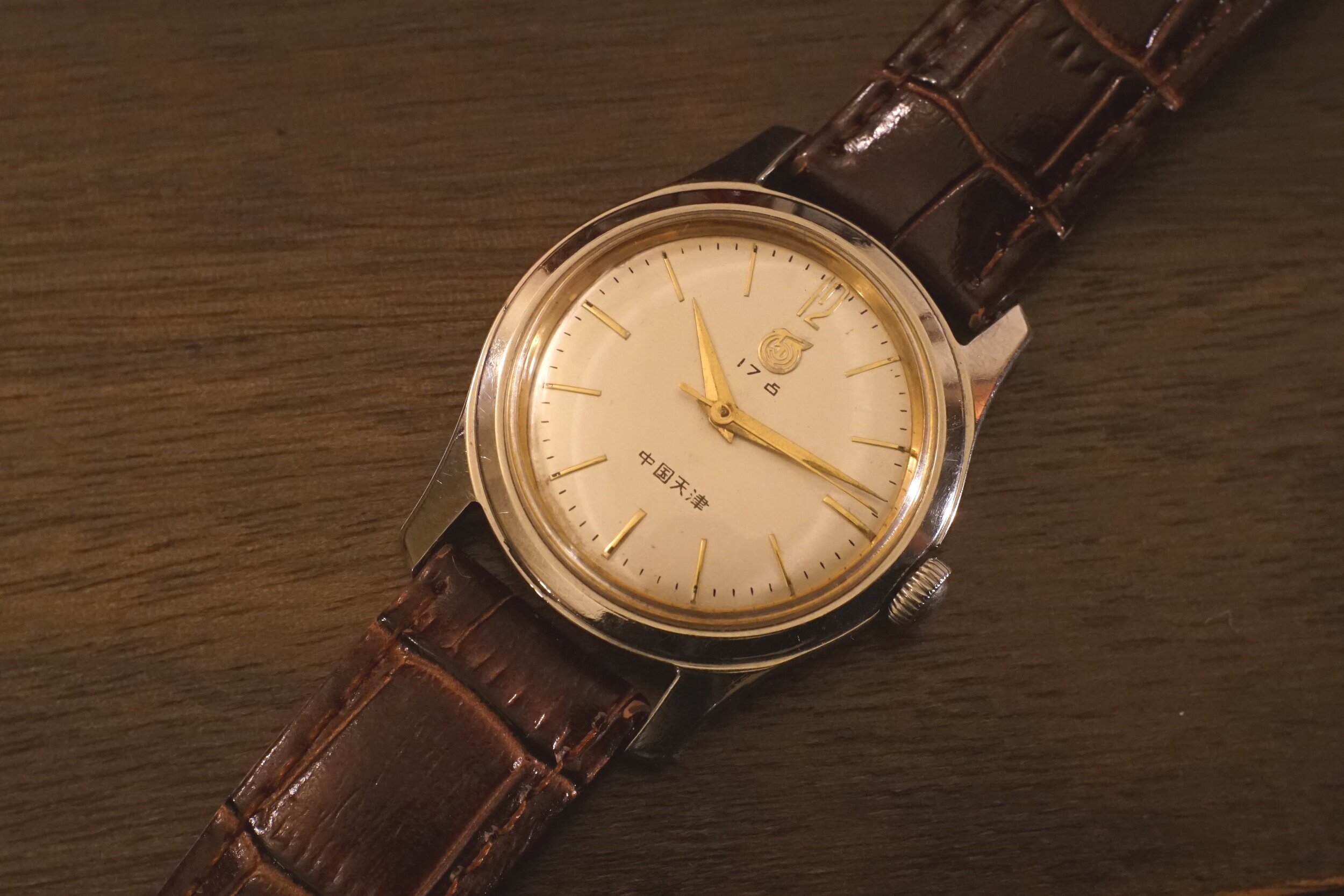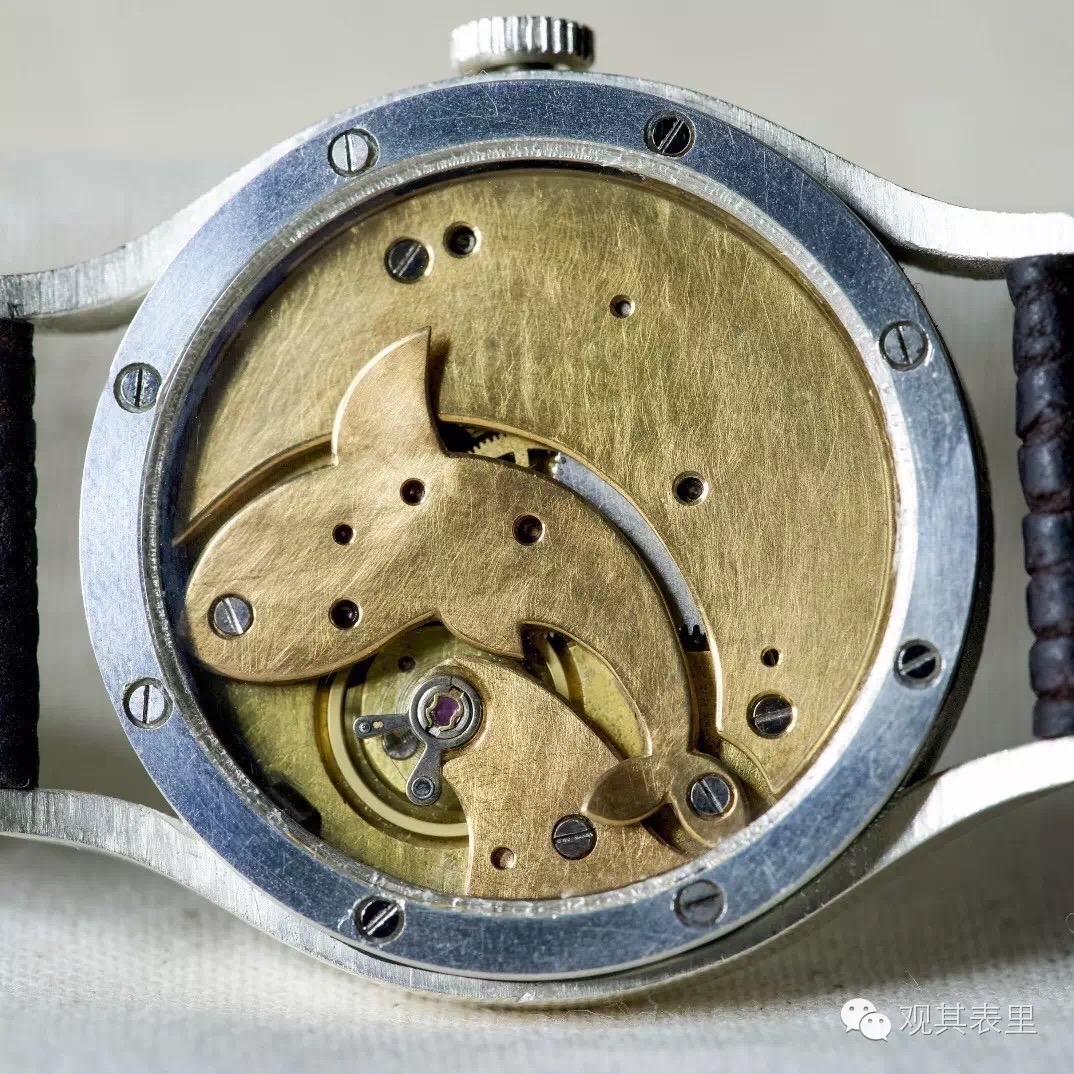Horological History: Summary of Watchmaking in China
/While the Middle Kingdom enjoys one of the longest and most interesting histories of any country, its history in horology is only a relatively small blip on the radar of time. China began manufacturing wristwatches in 1955, and has since become one of the largest producers of both parts (of which many are found in Swiss watches) and movements. Many Chinese brands are earning more appreciation among the international watch community.
Here’s a short timeline of Chinese watchmaking:
1955 - The Beginning: The government wants to establish a watch industry. Four men in a small workshop are assigned to create a movement based on a Swiss Sindaco five-jewel pin-lever design. A few months later, a prototype was finished and a small run of completely handmade watches under the name of WuXing (五星), or "Five Stars," went into production.
1958 - The Big 8: Eight watch factories were established in various cities across China.
Beijing Watch Factory
Guangzhou Watch Factory
Jilin Watch Factory
Liaoning Watch Factory
Nanjing Watch Factory
Qingdao Watch Factory
Shanghai Watch Factory
Tianjin Watch Factory
These factories continued to produce watches and movements based on Swiss designs throughout the late 50s and into the 60s before they began to develop their own original movements. In the next 30 or so years, China would see watch factories established in almost every province, but it was these original 8 that would dominate the market well into the 1980s.
1961-66 - Chronograph Development: The People's Liberation Army Air Force was looking for pilot watches, so the Tianjin Watch Factory took on the job and acquired an out-of-date caliber 175 chronograph tooling machine from the Venus Watch Company in Switzerland). It took three tries before the Ministry of Air Force finally approved the ST3 in late 1965, and in May of 1966, 1,400 chronographs were delivered to pilots of the PLAAF.
Above is one of the original prototype chronographs from 1963. It belongs to Li Wei, who wrote more about its history here.
1966 - 100% Made in China: Seemingly always ahead of the pack, it was the Tianjin Watch Factory that developed the ST5 movement for the new brand DongFeng (东风) or East Wind.
1969 - Chinese Standard Movement: Building on the experience of the previous decade, the watchmaking industry in China matured both in quality and quantity. Under government guidance, a research team of engineers and designers was compiled from all the major watchmaking factories to produce a movement with the following requirements: a minimum of 17 jewels, 21,600 BPH, a minimum of 40 hours of power reserve, and an average accuracy within +/-30 seconds per day. Plans were finalized in 1971, and the SZ-1 movement soon went into wide production, followed by many variations from the various factories throughout China.
Now and the Future: With the rise of the quartz movement in the 80s came the fall of many Chinese watch factories. However, the 21st century is seeing a resurgence with many new brands, including a handful of the original eight factories producing affordable mechanical watches of fine quality. High-end watches, including Chinese tourbillon movements, are growing in popularity both domestically and internationally.













